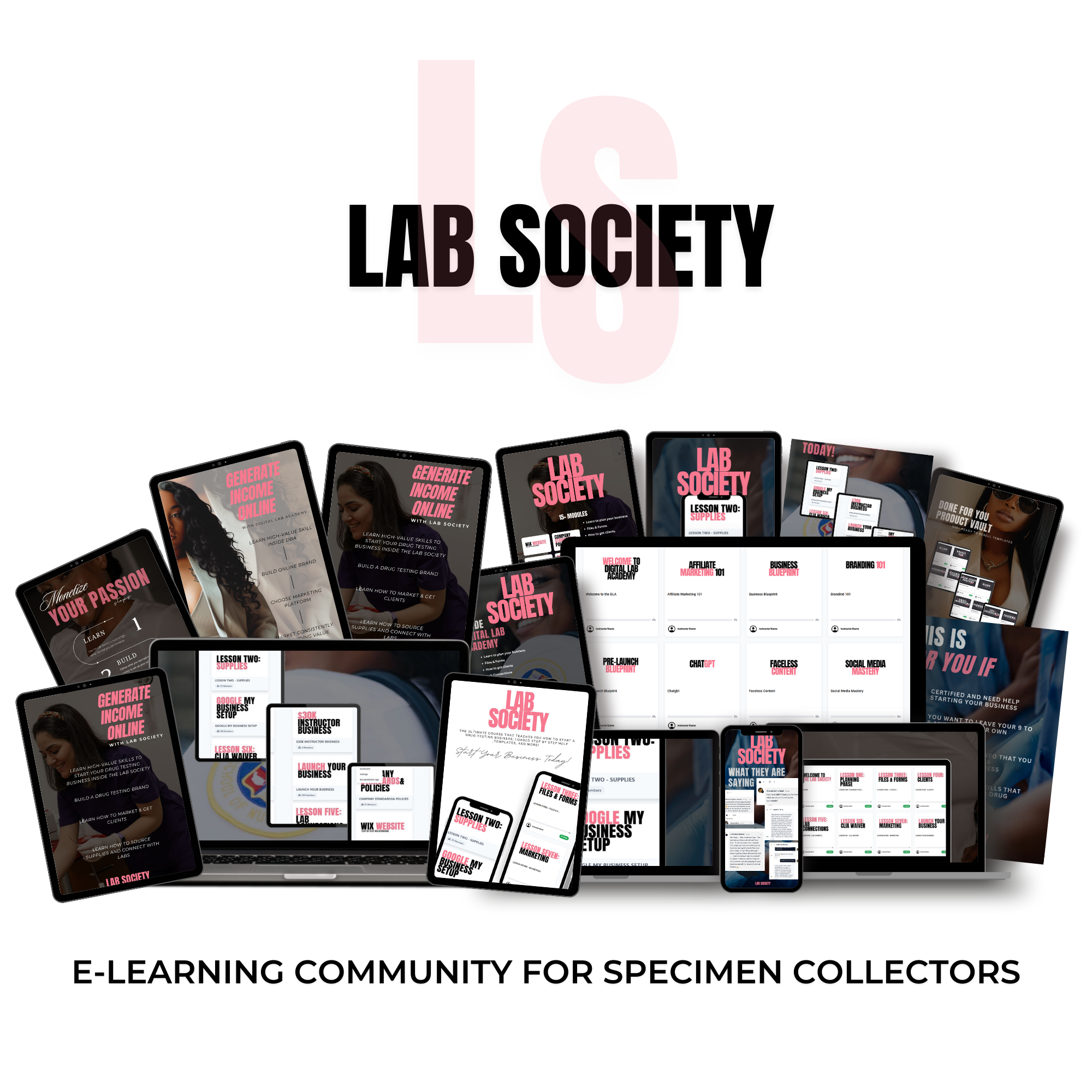
The Two Worlds of Drug Testing
“Violating these rules means immediate removal from their position and mandatory rehabilitation before they can return to their duties.
The Two Worlds of Drug Testing
Welcome, students! Today, I'm going to tell you a story about the two different worlds of drug testing in the U.S. workplace: DOT and Non-DOT drug testing. Imagine you're an employer in a bustling city. You have two different types of employees: some who drive large trucks, and others who work in the office. Each group has different drug testing rules to ensure safety and productivity.
The DOT World: Strict and Structured
In one part of our story, we have the DOT-regulated employees. These are the truck drivers, the pilots, the railroad workers, and other "safety-sensitive" positions. They are like the characters in a highly organized play where every action is meticulously scripted by the Code of Federal Regulations, specifically 49 CFR Part 40.
Imagine these regulations as the rulebook of a grand game:
Collection of Specimens: Every urine sample collected follows a strict procedure.
Laboratory Analysis: Samples go to SAMHSA-certified labs, ensuring consistency.
Medical Review Officer (MRO): The MRO reviews and verifies each test result.
Employer Responsibilities: Employers must enforce the rules, ensuring safety.
Substance Abuse Professional (SAP): If an employee fails a test, they must see an SAP who will guide them through treatment and eventual return to duty.
Record Keeping: DOT test records are stored separately from non-DOT test records to maintain clear boundaries.
DOT employees undergo a five-panel drug test that screens for:
Marijuana metabolites/THC
Cocaine metabolites
Phencyclidine (PCP)
Amphetamines, including methamphetamine and MDMA
Opioid metabolites
Violating these rules means immediate removal from their position and mandatory rehabilitation before they can return to their duties.

The Non-DOT World: Flexible and Customized
Now, let's visit the other part of our story: the Non-DOT world. This world is like a creative workshop where employers can design their own drug testing programs to fit their needs. These programs aren't bound by federal regulations but are driven by the company's desire to maintain a safe and productive workplace.
Here's what you need to know about the Non-DOT approach:
Employer's Authority: Employers set their own rules, inspired by but not limited to DOT standards.
Customizable Testing: They can choose to test for additional substances beyond the DOT’s five-panel, such as benzodiazepines, barbiturates, methadone, propoxyphene, fentanyl, or methaqualone.
Variety of Specimens: Employers can opt for urine, oral fluid, or hair specimens for their tests.
Forms and Labs: Non-DOT tests use forensic CCF forms, never the federal forms used for DOT tests. SAMHSA-certified labs are recommended but not required.
Optional Alcohol Testing: Unlike DOT testing, alcohol testing is optional in the Non-DOT world.
Best Practices: While not mandatory, it's advisable to have trained specimen collectors, MRO reviews, and Employee Assistance Programs (EAPs) for positive tests.
Conclusion: Balancing Safety and Flexibility
In conclusion, the world of drug testing in the workplace is a balance between stringent regulation and flexible customization. DOT testing ensures strict adherence to safety protocols for high-risk jobs, while Non-DOT testing allows employers the freedom to create a drug-free workplace tailored to their specific needs.
Thank you for joining me on this journey through the worlds of DOT and Non-DOT drug testing. Remember, the goal is always to maintain a safe, healthy, and productive workplace!